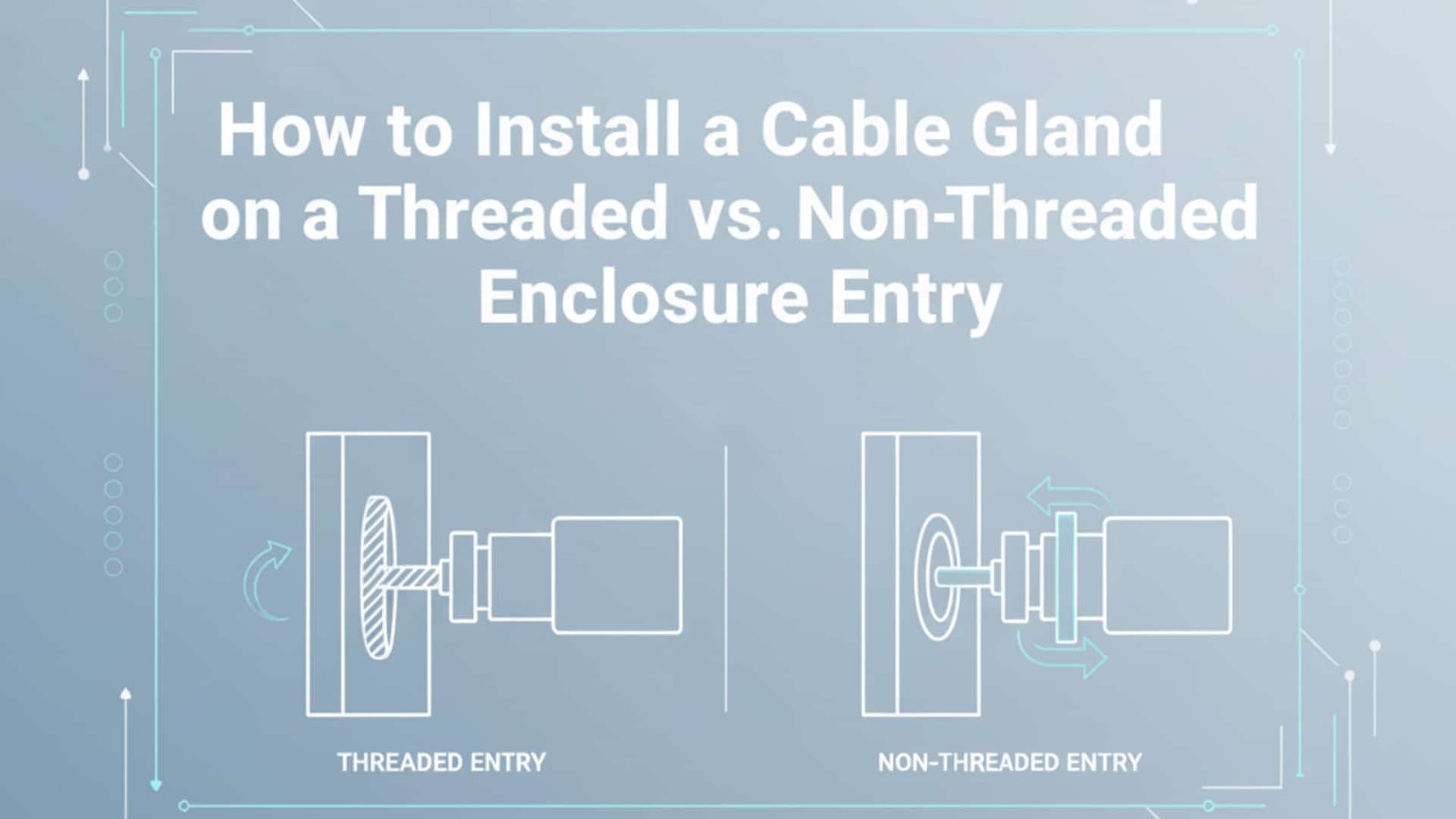
How to Ensure Proper Grounding and Bonding with Metal Cable Glands
Proper grounding and bonding with metal cable glands requires establishing continuous electrical paths through threaded connections, using conductive sealing washers, applying proper torque specifications, and maintaining metal-to-metal contact between the gland body and enclosure to ensure effective fault current flow and EMI protection.





